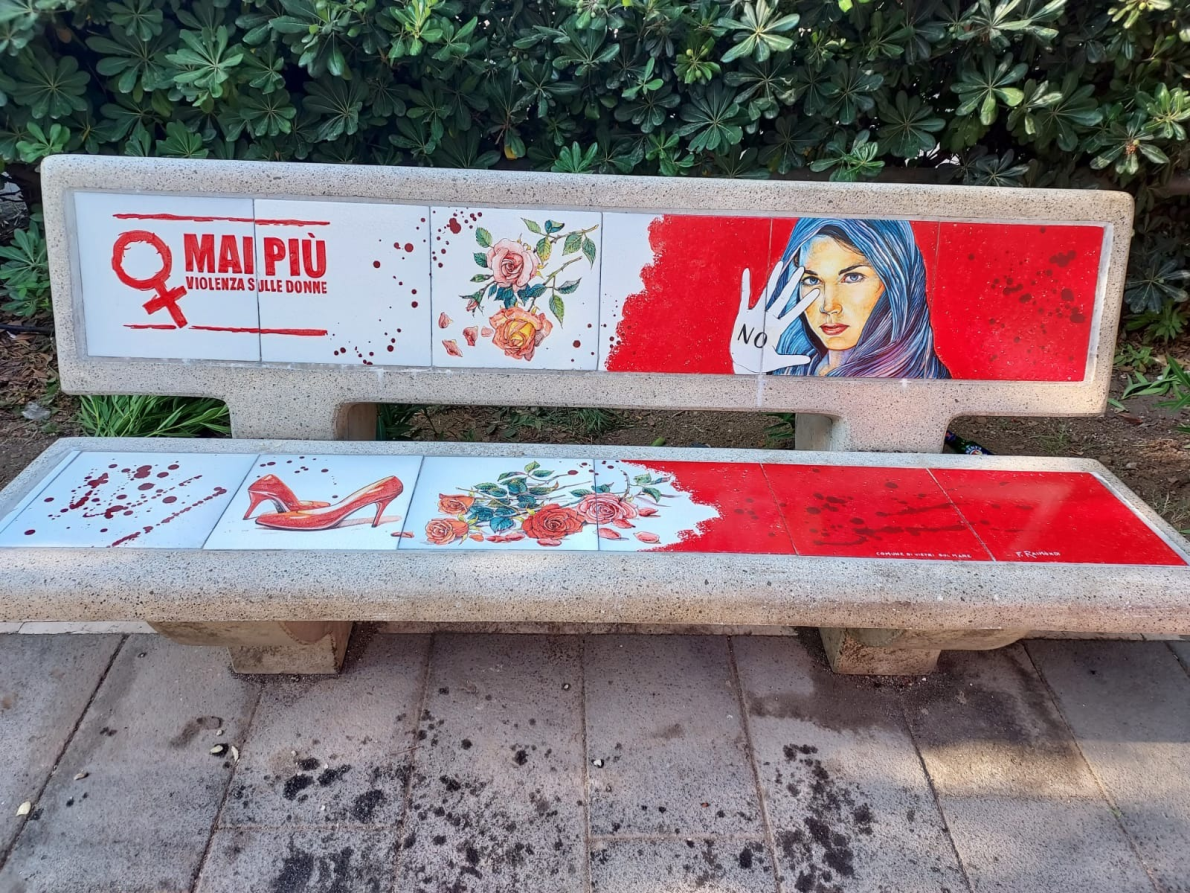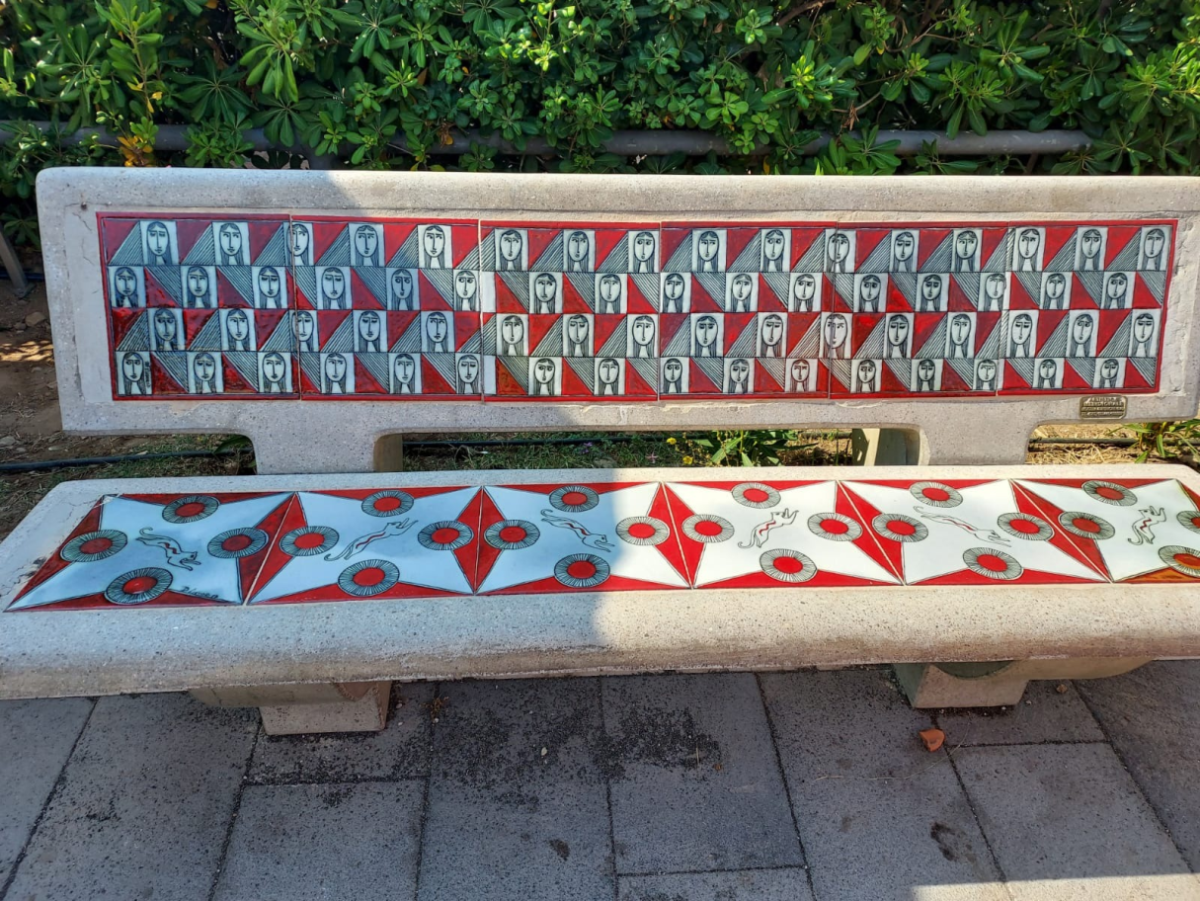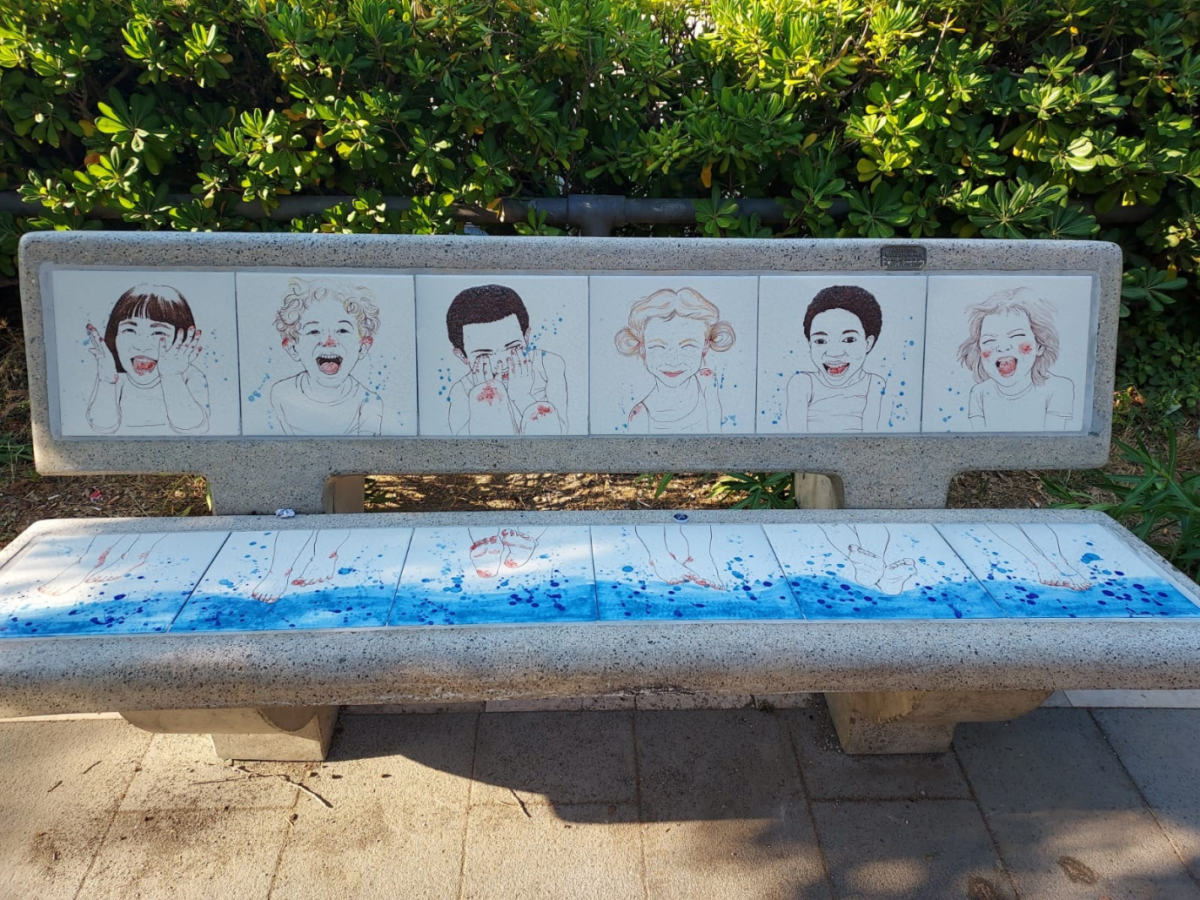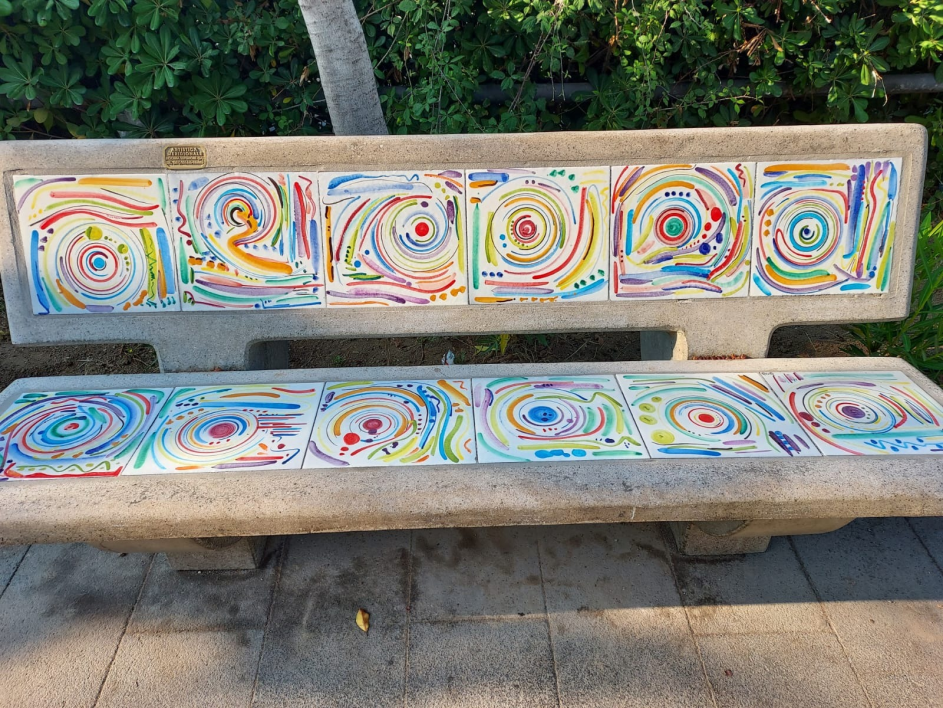Public art can be absolutely stunning and positively change the look of public space – or it can be underwhelming or just downright embarrassing.
The best public art becomes loved and cherished by local people. There is a great ‘Stonehenge-type’ circle of stones in the old reservoir area of Hackney next to the Lea river canal. Families come and have picnics on and around the big rocks that have been sculpted with sea animals and other creatures. It fits perfectly with the green space and people often come and take selfies. No one has graffittied or vandalised it – which would be difficult anyway given the material – and it is well known by the local community. On the other hand a concertina–shaped metal mural meant to show the movement of a passerby that was created near the Tesco supermarket off Mare Street elsewhere in the same borough has been a complete disaster. Too detailed and unfocussed, it has been defaced and practically destroyed as a meaningful piece of public art. Most local people probably are unaware of it.
Vietri sul Mare is a seaside destination and the home of an artisan ceramics industry dating back to Roman times. In the 1600s the royal court of Naples was its most important client. A few years ago in recognition of the UN-designated campaign on violence against women, the local pottery business association and the council came together to create public benches that both referenced that campaign and celebrated women. The result is a dozen or more beautiful benches decorated with hand-painted tiles. A number of beautiful vases – unrelated to the campaign – had been placed along the promenade but rather quickly ‘disappeared’. The benches have remained pretty much intact.
I think they work because like the best public art they ‘fit’ the space, they are accessible, they are beautiful and they are also functional. Given the Mediterranean climate, people live outside much more than in Britain so finding a decent park bench in a cool evening during the evening passeggiata (when everyone goes out and walks up and down the main drag) is a bonus. People are less likely to mess up things that the community values.
As William Morris and others have argued art is not just something that has to be shut away in a gallery or developed over years as a masterpiece. It can be shown in crafts and artisan work like that of the Vietri potters. Form and function can be united in developing a more beautiful environment for everybody in the everyday.
These benches show a variety of styles and tone. The colours are lively and the works relate both to the overall theme and the seaside environment. They make you stop and look – and you sometimes find more the second time you see them. Produced by both male and female ceramic artists, some are traditional, others more modern.
As an extra benefit, such projects are also important in promoting local craftspeople and artisans. It would be a sad day if the choice of a pot or a tile was only controlled by the big corporations.
Make up your own minds about how well these benches work. I will make some brief comments under each picture. They were all taken on my phone so apologies for the quality.

The red shoe was used in many demonstrations. Hundreds were left in the squares during demonstrations to symbolise the violence suffered by around 1 in 3 women globally. The words say – No more violence against women. Red shoes, red roses and blood make this bench scream out at you.

The patterns, which are a key part of tile design, are amazing on this and if you look closely there are slight differences in each of the women’s’ faces.

Exuberance, joy and just having fun as young girls at the seaside makes this one of my favourites. The shape of the bench is used really cleverly as the artist puts all the legs in the water on the seated part. Blue splashes and drops of water lead the eye from the top to the bottom of the figures.

Here we have a non-figurative, more modern design that works brilliantly in the sharp Mediterranean light.

Music, masks, and carnival?

Finally, a bench that celebrates the mythic female creatures of the sea.


And male (the last one). Think they’re called tritons. Not my favourite one – a bit too academically classicist – but thanks for sharing the others.